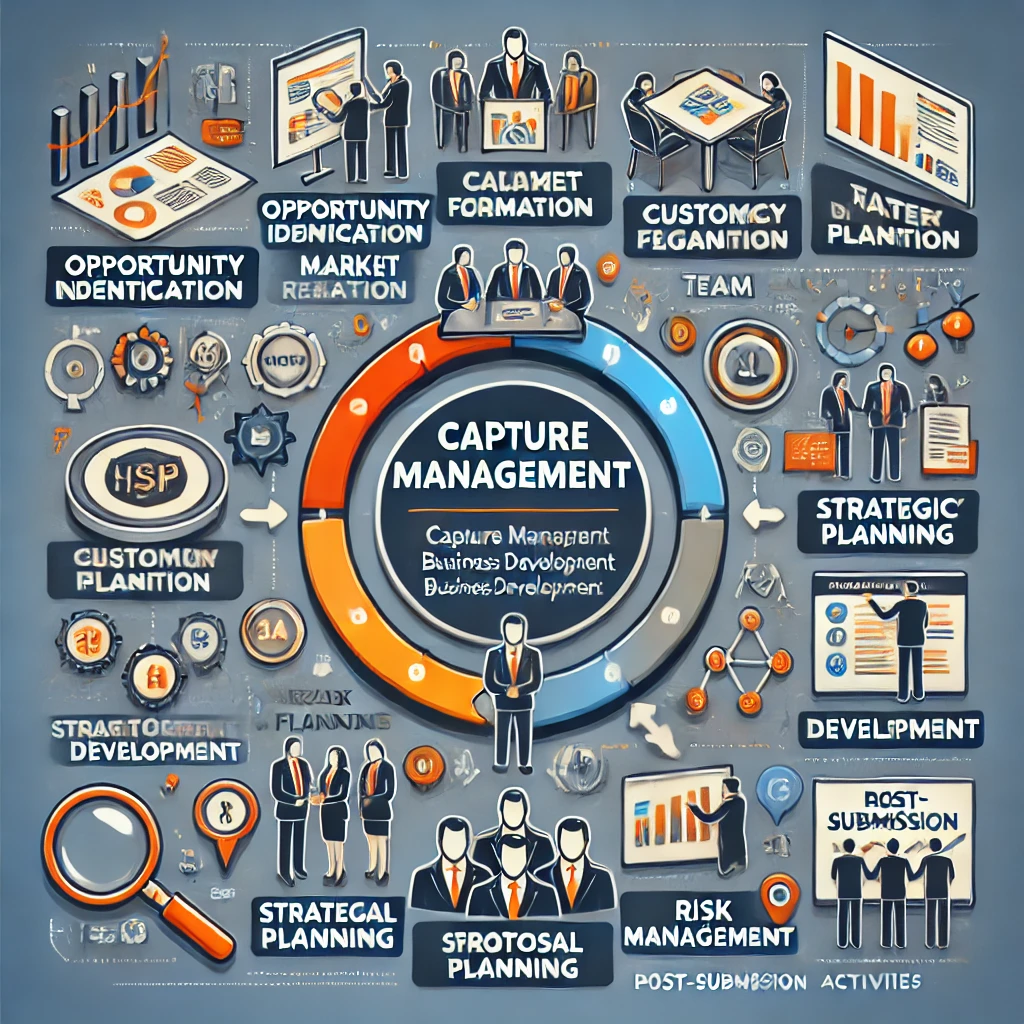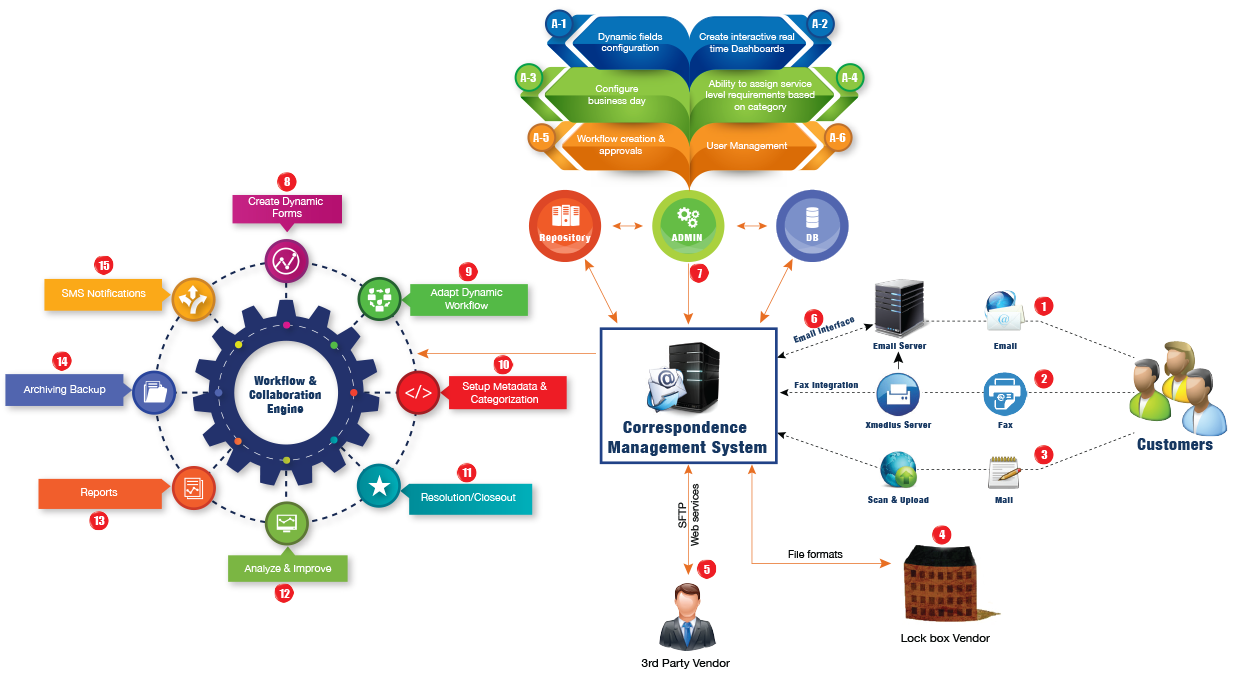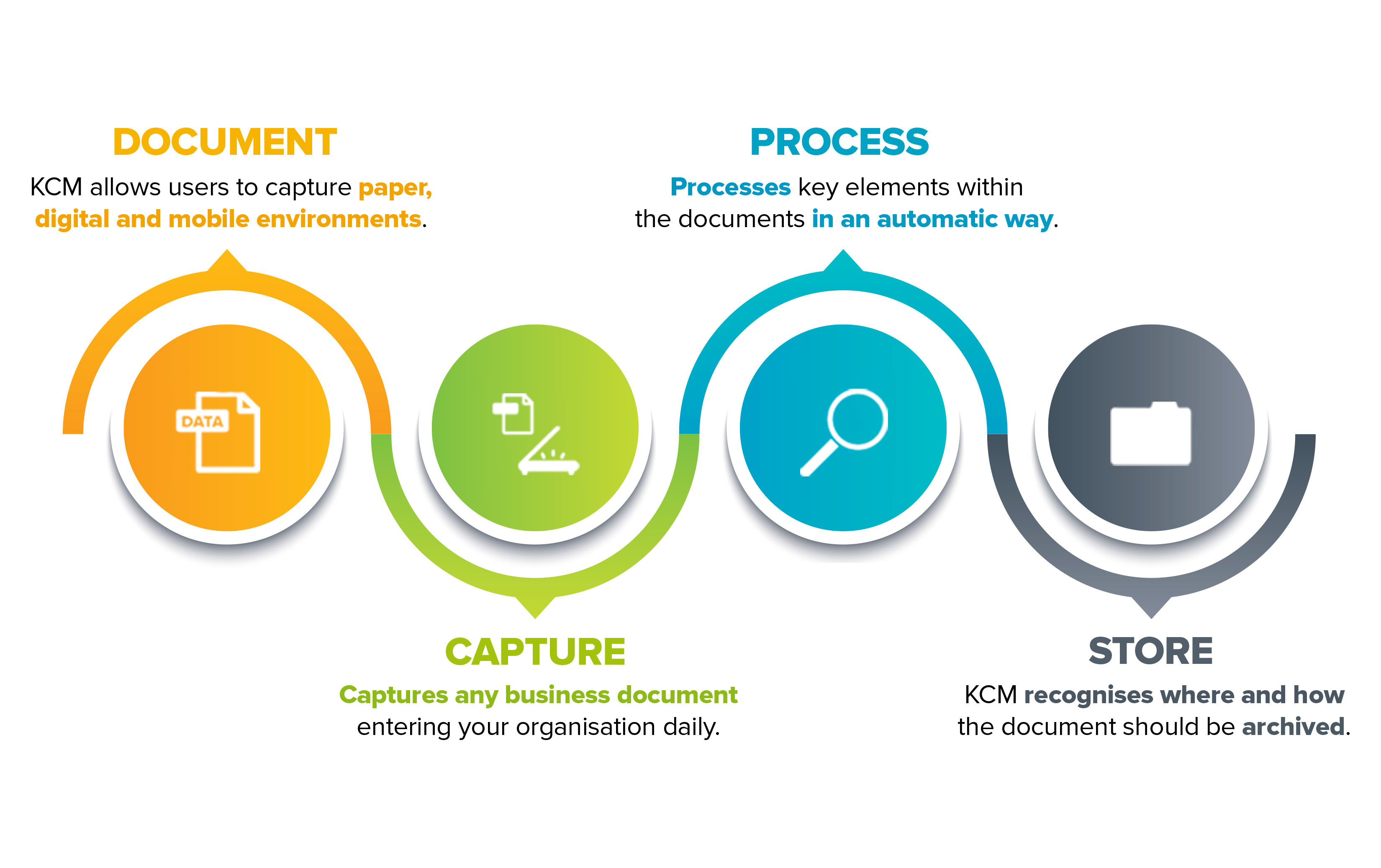Capture Management
A systematic approach for identifying, pursuing, and winning new business opportunities.
A. Opportunity Identification:
- Market Analysis: Regularly scanning the market to identify potential RFPs (Requests for Proposals) or opportunities.
- Lead Generation: Utilizing tools and networks to discover new leads, including government databases, industry publications, and networking events.
B. Market Research:
- Competitive Analysis: Understanding competitors' strengths and weaknesses to position the organization effectively.
- Customer Analysis: Identifying customer needs, preferences, and decision-making processes.
- Industry Trends: Keeping abreast of technological advancements and regulatory changes that may impact the opportunity.
C. Team Formation:
- Cross-Functional Teams: Forming a team that includes members from sales, technical, finance, legal, and marketing to ensure a well-rounded approach.
- Roles and Responsibilities: Clearly defining roles within the team to streamline efforts and ensure accountability.
D. Customer Engagement:
- Relationship Building: Establishing connections with key stakeholders and decision-makers to gain insights and foster trust.
- Pre-Proposal Discussions: Engaging in discussions with customers to clarify requirements and expectations before the formal proposal.
E. Strategic Planning:
- Capture Plan Development: Crafting a detailed capture plan that outlines strategies, timelines, key win themes, and differentiators.
- Win Strategy: Identifying what makes your proposal unique and how it addresses the customer’s needs better than competitors.
F. Proposal Development:
- Content Creation: Writing compelling proposals that highlight the organization’s strengths, past performance, and solutions tailored to the customer's needs.
- Graphics and Presentation: Using visuals to enhance the proposal’s impact and make it easier to digest.
- Review and Quality Assurance: Implementing a thorough review process to ensure accuracy, compliance, and persuasiveness.
G. Risk Management:
- Risk Identification: Recognizing potential risks associated with the opportunity, such as competitive threats, resource constraints, or compliance issues.
- Mitigation Strategies: Developing strategies to address identified risks proactively.
H. Post-Submission Activities:
- Follow-Up: Engaging with the customer after proposal submission to gather feedback and demonstrate continued interest.
- Debriefing: Analyzing the proposal outcomes to identify lessons learned, both from wins and losses, to improve future efforts.

Essential components of successful capture management
Document Capture Management System - (DCMS)
DCMS helps to capture digital documents and paper (non-digital documents) quickly and easily into electronic digitized documents to streamline business processes by transforming them into accurate and actionable items, and delivering it all into core business application processes and workflows. It is flexible and scalable, enabling customers to define where and how data are captured and indexed, whether in a standalone or in a distributed environment.
It captures input of various types of documents for faster data processing from different sources like Email, Mail, Fax, EDI, Web Service, or File Folder etc. The solution enables capturing documents anytime, anywhere.
DCMS delivers high-performance data capture functionality via a scalable, client-server architecture designed to support processing in a distributed network environment. It includes a set of dedicated server components for data processing, with workload balancing to ensure maximum productivity, and multiple client operators for each step in the data capture process: setup, administration, scanning, verification, and monitoring. It offers high availability and disaster recovery for mission-critical implementations.

A. Early Involvement: Engage in the capture process as early as possible, ideally before an RFP is released, to influence requirements.
B. Regular Training: Provide ongoing training for team members to enhance skills in proposal writing, market analysis, and customer engagement.
C. Use of Technology: Leverage software tools for project management, proposal development, and customer relationship management (CRM).
D. Metrics and Analytics: Establish metrics to measure the effectiveness of capture efforts, such as win rates, proposal quality scores, and customer feedback.
E. Networking and Collaboration: Build relationships not only with potential clients but also with industry partners and stakeholders to enhance opportunities.

Implementing best practices for effective capture management
